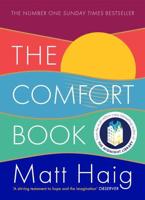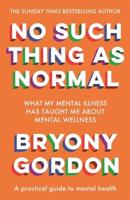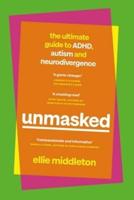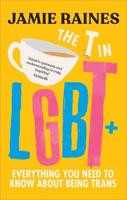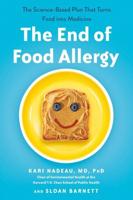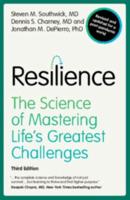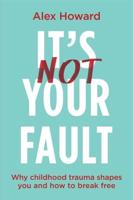Publisher's Synopsis
INTRODUCTION: Beginning in my teen years, I experienced intermittent panic attacks. Previous to this, I suffered prolonged episodes of free-floating anxiety (generalized worry and anxiousness). During my twenties, I found coping skills for my anxiety that were mostly self-taught, although I had seen mental health counselors for short periods of time in my late teens. These sessions were scheduled by my parents; during times I seemed to be lacking the ability to cope as I should, following major events, such as relocating to new schools. This was in the late 1970s and some anxiety therapies, such as Cognitive Behavioral Therapy (CBT), were not as well-developed as they are now. Additionally, anxiety sufferers also now have the availability of self-treatment methods that have been developed and that can be found online and used in the comfort of one's home. I personally benefited from self-help programs when my anxiety disorder reached a level of severity at age-40, after I developed autoimmune thyroid disease, which caused me a period of hyperthyroidism (overactive thyroid gland). While I will reference treatments in the chapters of this book, including pharmaceutical and psychiatric therapies, the content will be mostly focused on the subject of anxiety symptom-manifestations. This will include what are known as "unreality symptoms" but I have also included chapters regarding "anxiety sensitization" and "catastrophic thinking." It is my hope that this information will help anxiety sufferers to understand what is happening to them when they experience these aspects of chronic anxiousness and/or panic attacks. My purpose is to reveal the facts, that these manifestations of severe anxiety and panic are very common but also very treatable and that they will not cause insanity or any real catastrophe. They are in-fact aspects of the anxiety mechanism called the "fight or flight response," which is completely natural and necessary but that can occur out-of-context or at "disordered" times. In the case of anxiety disorders, knowledge truly is power and gaining an education regarding symptom-manifestations, can lend toward better results for managing these symptoms, as proper treatment is also being administered. This was key to my own success with gaining coping skills for chronic anxiety symptoms and that I hope to convey through the chapters of this book. This book is not intended to be an extensive manual but is intended to contain information most often sought by laypersons on the subject. CHAPTER ONE Understanding Anxiety Depersonalization Symptoms (Feeling Unreal During the Fight or Flight Response) CHAPTER TWO The Derealization Anxiety Unreality Symptom (When Surroundings Feel Unreal with Chronic Anxiousness) CHAPTER THREE Understanding Anxiety Sensitization and Avoiding It (When Becoming Anxious is Triggered More Easily) CHAPTER FOUR Catastrophic Thinking: Unrealistic Anxiety Thoughts (When Anxiousness Brings Exaggerated Scenarios to Your Mind) CHAPTER FIVE Methods for Treating Anxiety Disorders (Pharmaceutical and Psychiatric Therapies for Chronically Anxious People) CHAPTER SIX The Differences between Anxiety Neurosis and Psychosis Disorders (Knowing Anxiety will not Cause You Insanity) CHAPTER SEVEN Anxiety and Heart Palpitations (Racing, Skipping, Fluttering and Thumping Heartbeats)


